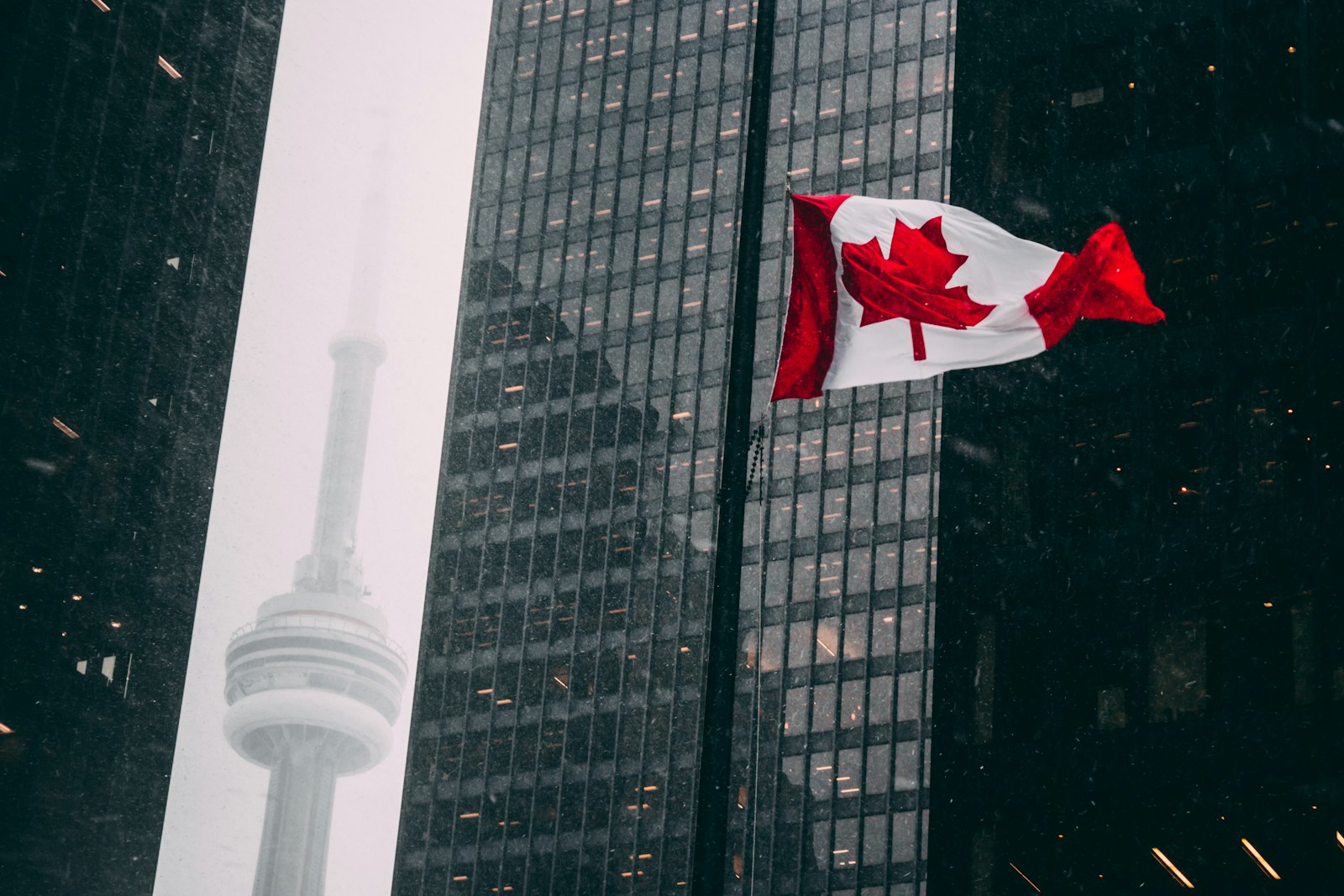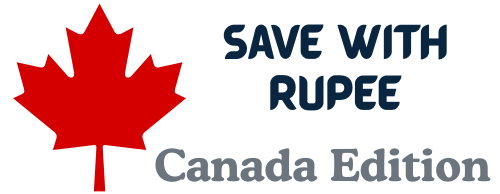Learn about Canada’s GST and HST—what they are, how they work, provincial differences, and what goods and services are taxed. Clear Canadian guide for consumers and businesses.
GST/HST Explained for Canadians

Answer Box:
GST (Goods and Services Tax) and HST (Harmonized Sales Tax) are Canada’s main sales taxes on goods and services. GST is a 5% federal tax, while HST combines GST and provincial sales tax in some provinces for a streamlined rate. Knowing how these taxes work helps Canadians understand their purchases, business obligations, and tax responsibilities.
What is GST?
The Goods and Services Tax (GST) is a federal value-added tax of 5% applied to most goods and services sold or provided in Canada. Every stage in the production and distribution chain adds this tax, but businesses can recover GST they pay on inputs, so the tax burden rests on the final consumer.
GST applies to everyday items like clothing, electronics, restaurant meals, taxi rides, legal services, and even real estate sales and leases. Certain essentials like basic groceries, prescription drugs, and residential rent are exempt or zero-rated, meaning no GST is charged.
What is HST?
The Harmonized Sales Tax (HST) is a blended tax combining the federal GST and a provincial sales tax. It is applied in provinces that have merged their sales taxes for easier administration. HST rates vary by province but tend to total between 13% and 15%.
Provinces using HST include New Brunswick, Nova Scotia, Newfoundland and Labrador, Ontario, and Prince Edward Island. For example, Ontario’s HST is 13%, while Nova Scotia’s is 15%.
Provinces and Their Sales Tax Systems
| Province/Territory | Tax Type | Current Rate (%) |
|---|---|---|
| Alberta | GST only | 5 |
| British Columbia | GST + PST | 5 + 7 = 12 |
| Manitoba | GST + PST | 5 + 7 = 12 |
| New Brunswick | HST | 15 |
| Newfoundland and Labrador | HST | 15 |
| Nova Scotia | HST | 15 |
| Ontario | HST | 13 |
| Prince Edward Island | HST | 15 |
| Quebec | GST + QST | 5 + 9.975 = 14.975 |
| Saskatchewan | GST + PST | 5 + 6 = 11 |
| Territories (Yukon, NWT, Nunavut) | GST only | 5 |
Who Pays GST/HST?
Consumers pay GST or HST on applicable goods and services at the point of sale. Businesses collect the tax and remit it to the Canada Revenue Agency (CRA), which distributes the provincial share to the provinces with HST.
Exemptions and Zero-Rated Goods
Certain goods and services are exempt or zero-rated to reduce the tax burden on everyday essentials:
- Exempt: Residential rent, health and dental services, used residential housing sales.
- Zero-rated: Basic groceries, prescription drugs, some medical devices, exports, and certain public transit fares.
The Impact of GST/HST on Canadians
The GST/HST system simplifies tax collection across Canada, reducing administrative costs for businesses. Critics say it shifts more tax burden onto consumers, while proponents argue it lowers overall business costs leading to competitive pricing.
For consumers, understanding these taxes helps make informed purchases and explains tax breakdowns on bills and receipts.
GST/HST for Businesses
Businesses charging GST/HST must register with the CRA once their taxable sales exceed $30,000 annually. They collect tax on sales, remit it periodically, and may claim input tax credits on GST/HST paid for business expenses. The CRA oversees compliance and provides resources for business owners.
Frequently Asked Questions (FAQs)
Is GST/HST charged on all purchases?
No, some goods and services are exempt or zero-rated, such as basic groceries and prescription drugs.
Can non-residents be charged GST/HST?
Yes, visitors and non-residents pay GST/HST on Canadian purchases unless specific rebates apply.
What is PST?
Provincial Sales Tax (PST) is charged separately by provinces that do not use HST, like British Columbia and Manitoba.
How do I get an HST number for my business?
Register with the CRA online or by phone once your business exceeds $30,000 in taxable revenue.
Does GST/HST apply to online purchases?
Yes, digital goods and services sold in Canada are generally subject to GST/HST.
Call to Action
Understanding GST and HST is essential for Canadian consumers and business owners alike. Knowing when and how these taxes apply helps with budgeting, pricing, and compliance. Stay informed and ahead—check your receipts, learn your province’s rates, and if you’re a business owner, ensure you meet all GST/HST requirements.
Start mastering GST/HST today for smarter spending and smoother business operations.
🍁 Smarter Money Tips for Canada

Discover our guides on credit cards, loans, insurance, and savings designed for Canadian readers.
💡 Explore Canadian Guide